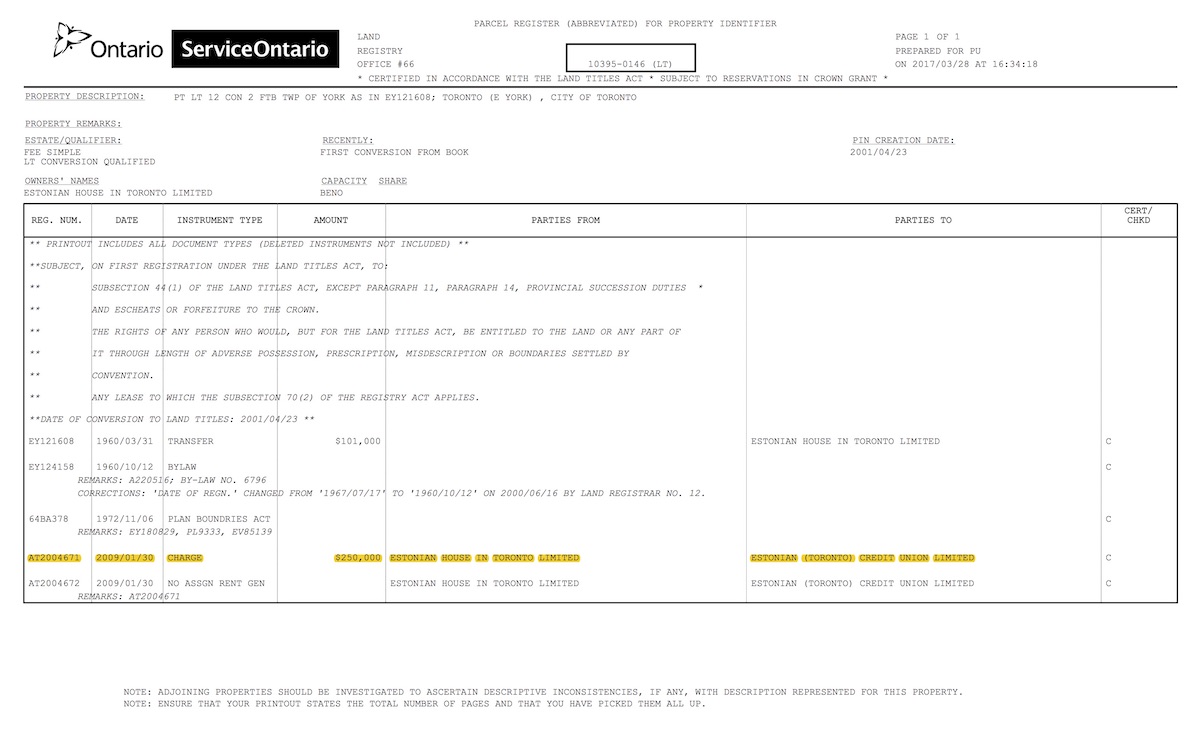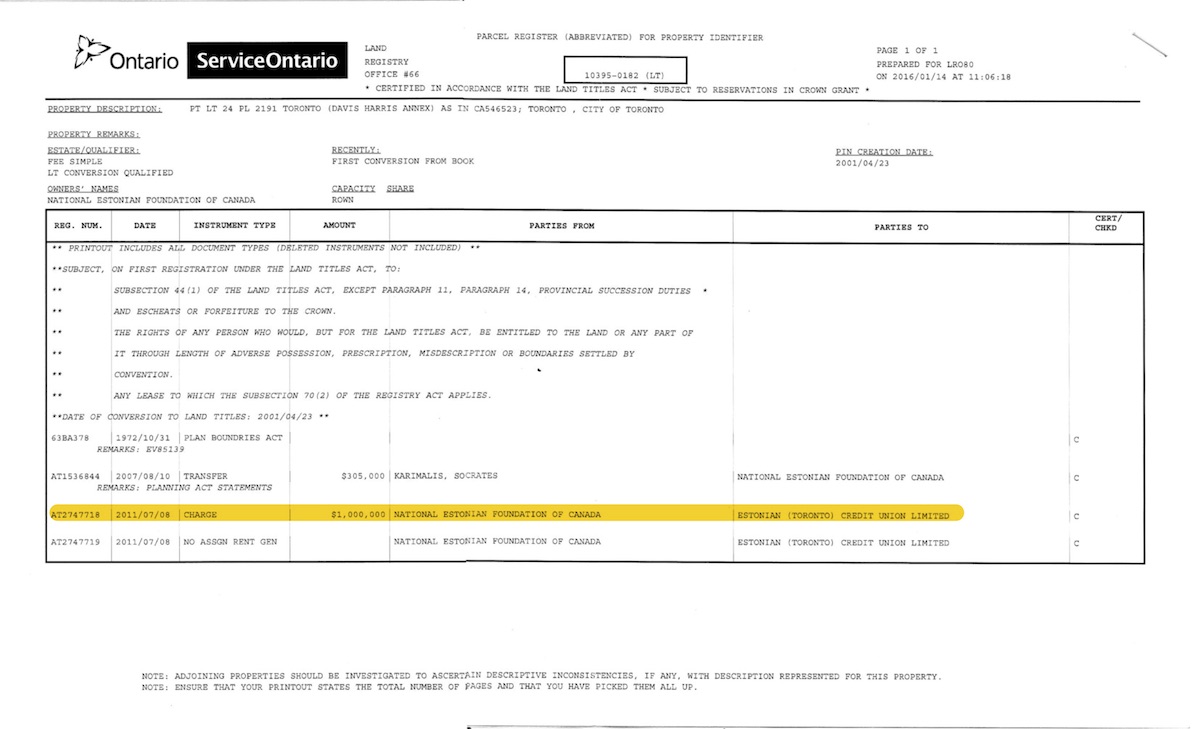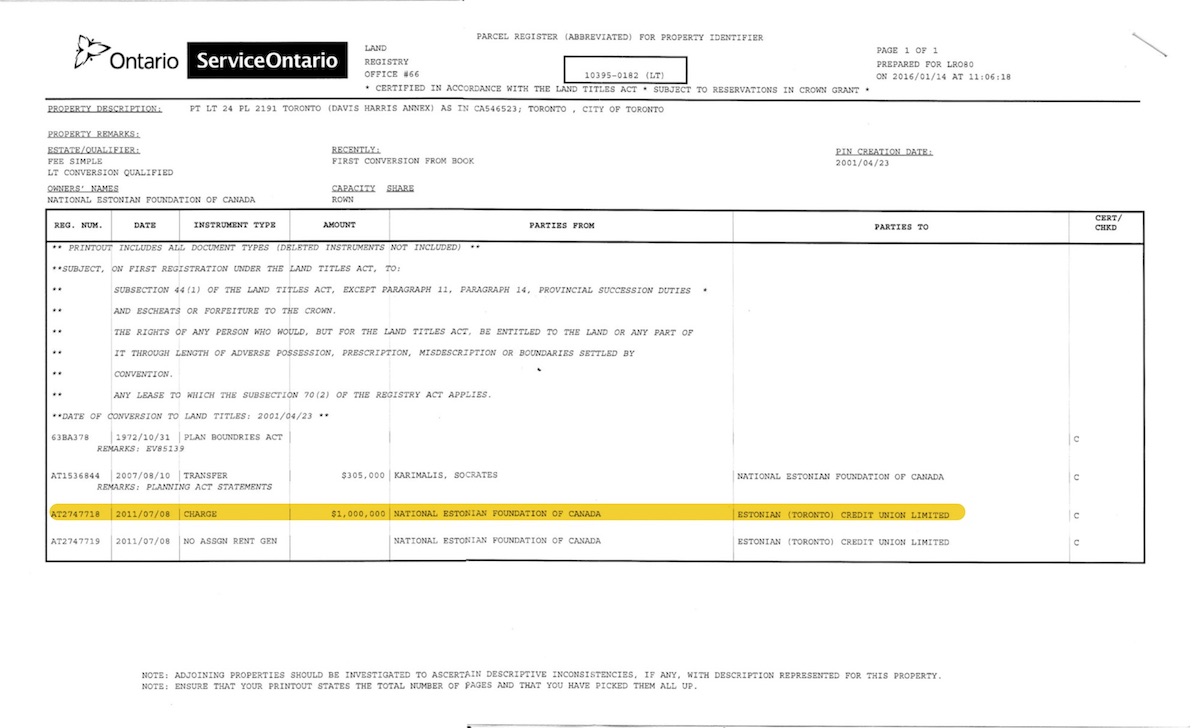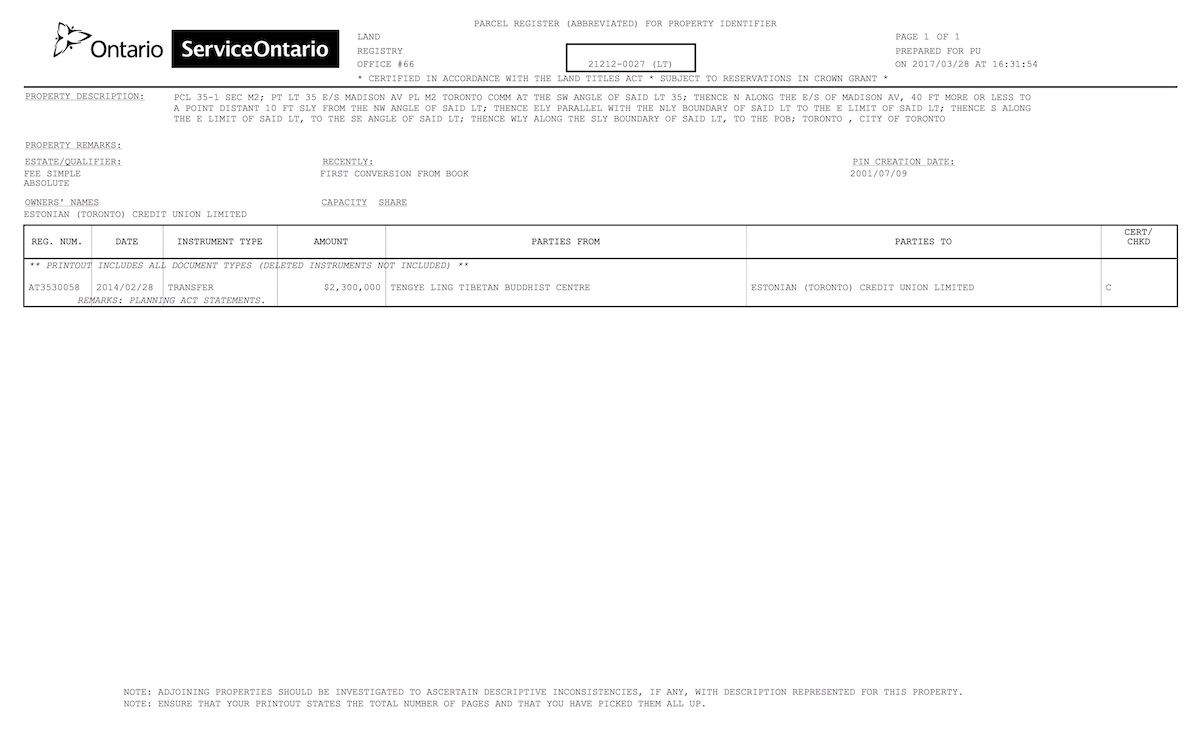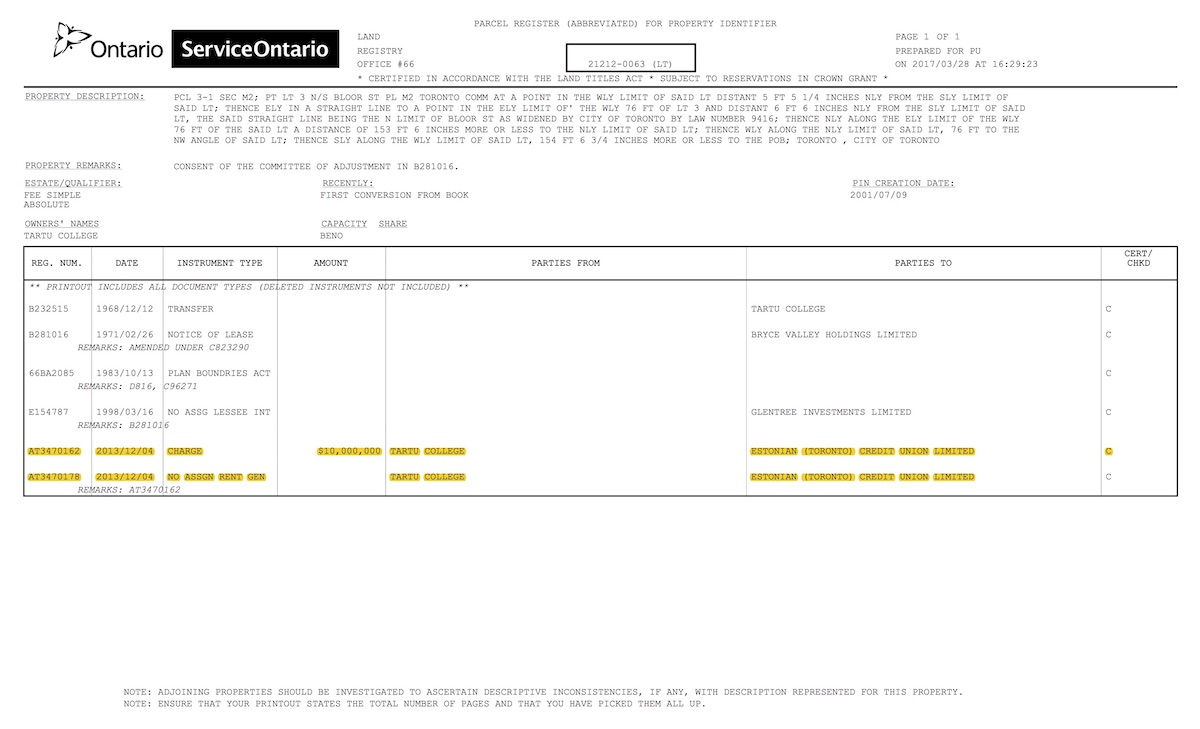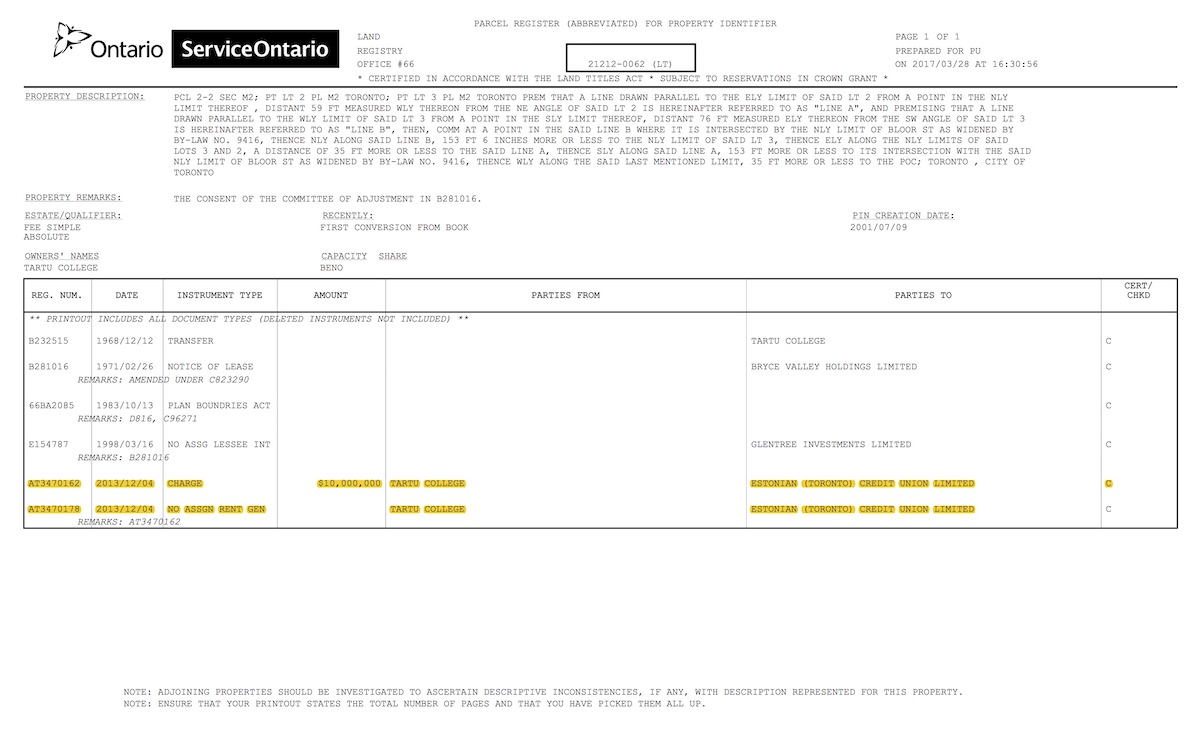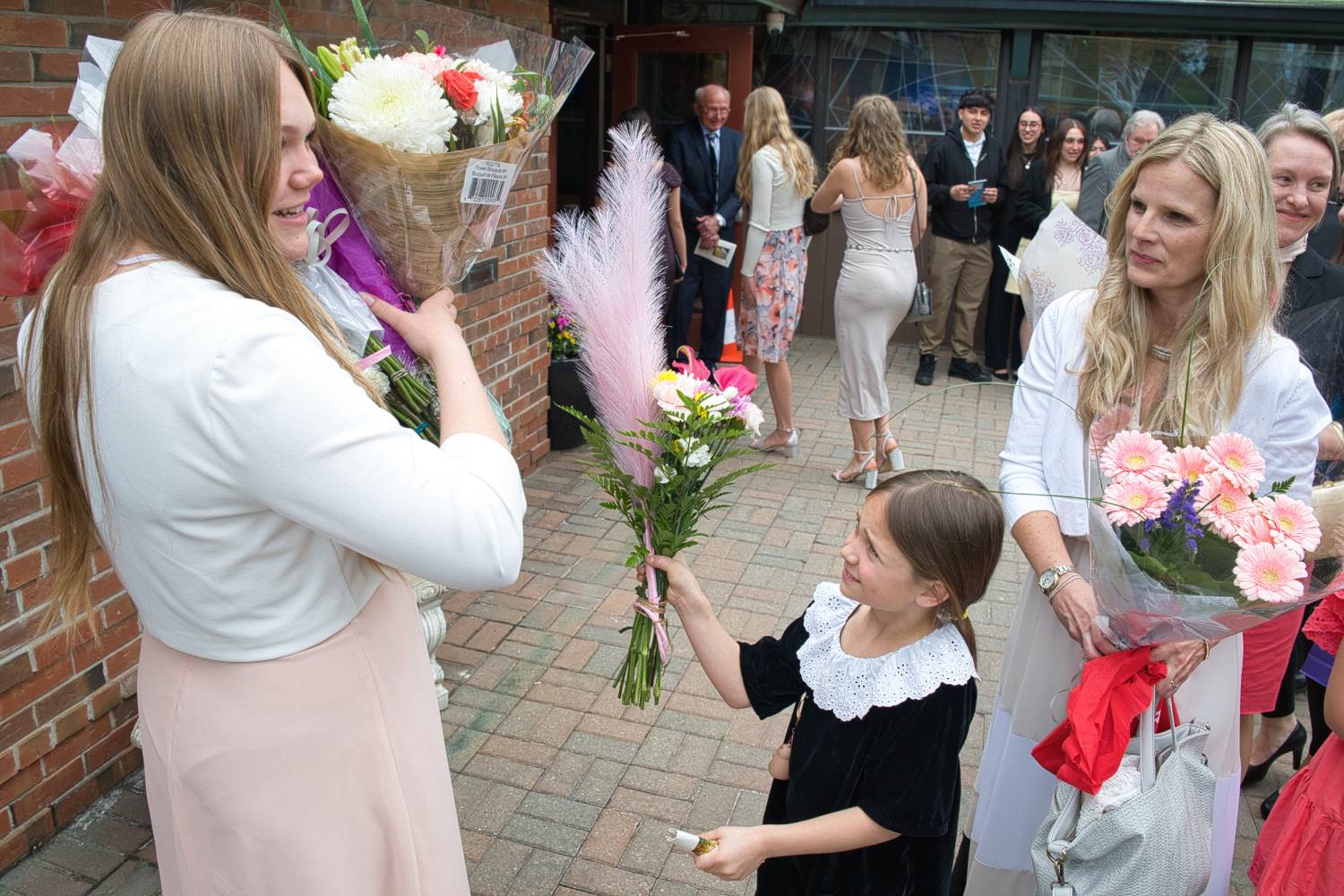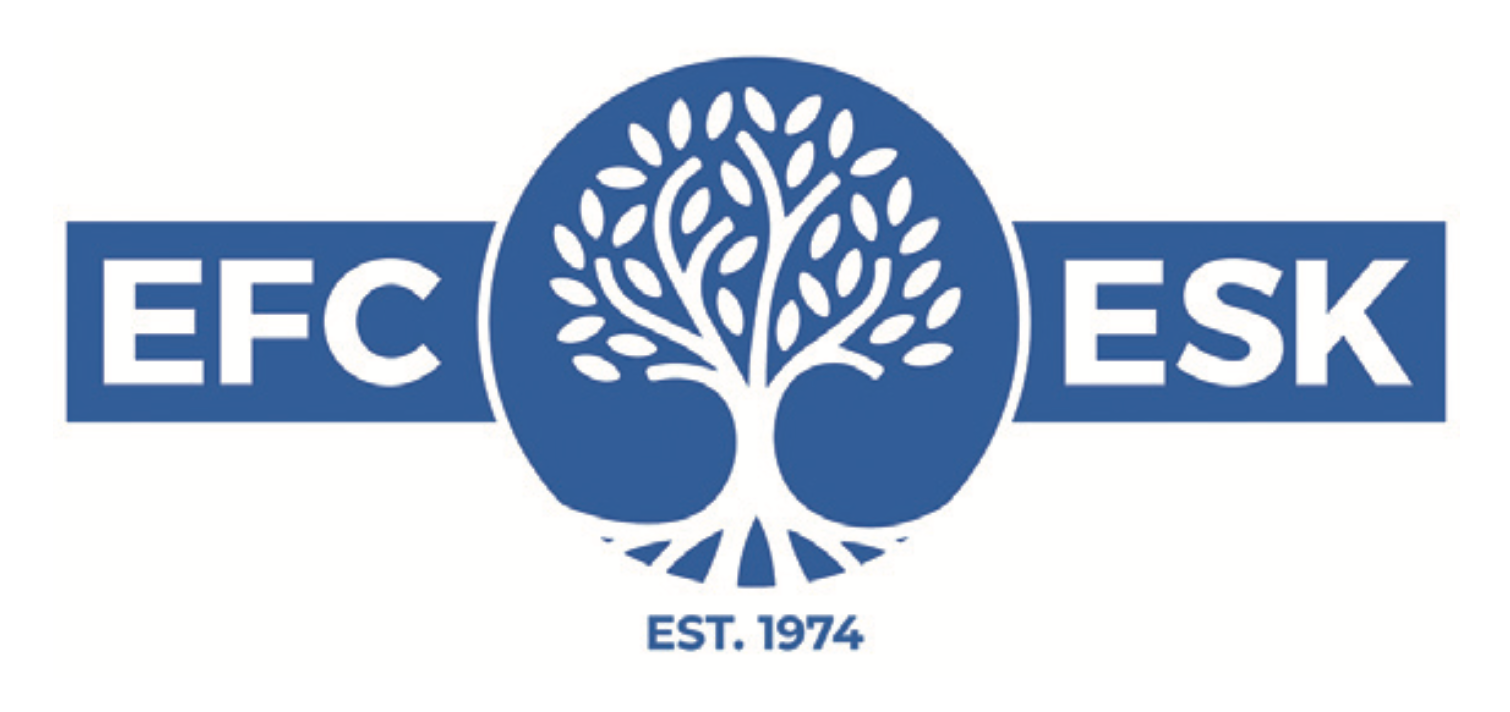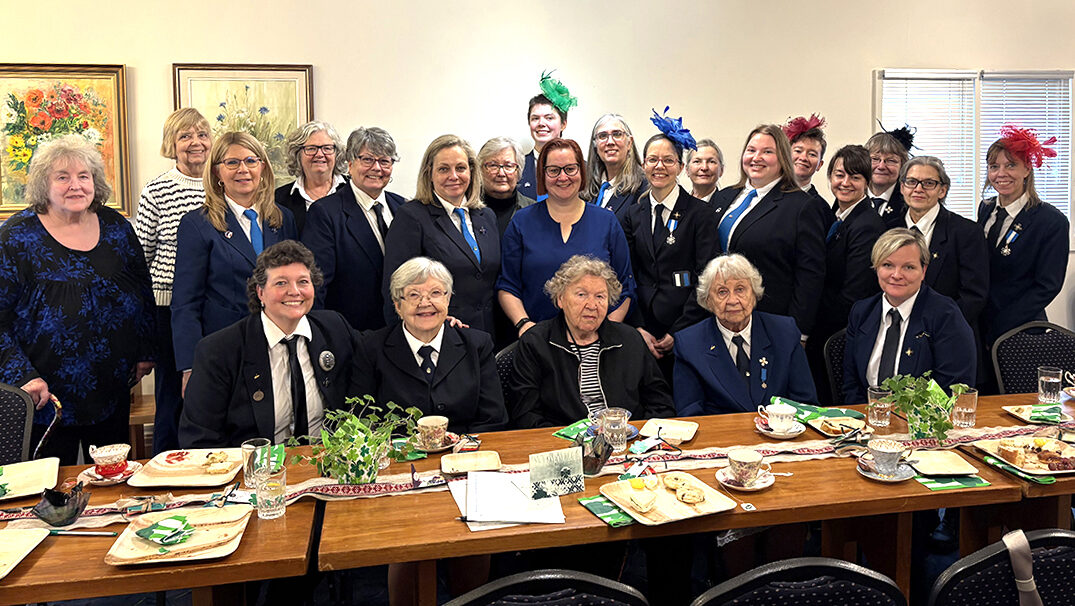We don't know much about the Madison Project process, since it's confidential, but the Estonian House process started with a Windmill deal that came and went. Next was a saving grace arrangement with Tribute. The board was elated to get a mandate to move forward. Even a potential conflict of interest between members of the Estonian House board, who happened to be attorneys, and their firm's client Tribute, was discounted as a non-factor. A year later shareholders were asked to support a Letter of Intent with Alterra. With limited transparency shareholders supported the board because, as the Chairman so definitively explained, “there was no Plan B.” It was all steam ahead until an open letter announcement in October (2016). A shoe had dropped. The Estonian House board and Alterra “were unable to resolve (their) differences.” The board went on to say they would “convene a town hall in the near future to put forward a recommendation to the shareholders and community.” If only the crystal ball, not the hall, would have sparkled a little light on the words “exploring other promising options.” Estonian House shareholders might have realized the coy and careful lead-in to last Wednesday's event and the presentation of that non-existent “Plan B.”
Let's be clear, Wednesday night was not an “Estonian House” town hall. What was presented, slide after slide, was the slow, python like, suffocation and consumption of Estonian House Limited. If Discovery Channel isn't your thing, liken it to having a specialist tell you about a rare ailment you've had for 10 years. Neither you or your family doctor knew you had it. All of the sudden, your left counting your remaining days. Those infrequent headaches and the pains in your gut, were actually symptoms of a terminal disease called “Conflicted Interests.”
Estonian House shareholders watched quietly, but attentively, as their Chairman and his board colleagues seceded control of their domain to three other boards; cue Pr. Valter. Each of those three boards have their own organizational and monetary interests, which are completely separate from the interests of Estonian House. Consider a few basic conflicted interests.
The Estonian Foundation of Canada has a definite monetary interest in seeing a sale of Estonian House executed. With 3 neighbouring properties in a hot real estate market, and a mortgage of approximately $700,000 on two of three assets, EFC can leverage an Estonian House sale to maximize the value of their buildings. The ancillary benefit goes to ETCU who deposits $700,000 into their cash reserves from the closure of that mortgage.
ETCU could check off a couple of their own boxes with the sale of Estonian House. The obvious one is that Estonian House Limited pays off the balance of a line of credit that could be approximately $300,000 at the time of sale. However, there's a more interesting possibility. ETCU has a costly non-revenue generating investment in the name of 11 Madison Ave. Let's conservatively value that building at $2.5 million. Problem. A community-residential zoning designation, an imposing “heritage” district status hanging overhead and a very active Annex Residents' Association has left the former Buddhist temple empty for more than 2 years because ETCU cannot use the building as a commercial office; i.e. a bank branch. What if Estonian House Limited shareholders were told to buy 11 Madison from ETCU? This “Estonian House” would satisfy the “community” designation applied to the building. The next time a building permit application is filed at Madison, having Estonian House Limited on the ownership papers could get a pass from the City's zoning department: a.k.a. Phase 1 of the Madison Project. Conflicted interest? Sure. Monetary benefit? Absolutely, but for who. This scenario could add another $3-3.5 million to ETCU's cash reserves.
As the participant with the most debt, Tartu College undoubtedly has a lot to gain from the proposed Madison Project. Museum construction and other building modifications were financed through a multi-million dollar commercial loan taken some time ago. Since museum revenues are next to nil, how does the debt get serviced? On top of that loan, renovations to the student residence and related areas are being financed through a $10 million charge registered in 2013 by ETCU. Isn't this also the timeframe when Tartu College, Estonian Toronto Credit Union and the Estonian Foundation of Canada got together to start talking about the Madison Project?
These interests to sell Estonian House no longer seem conflicted, they seem mutually beneficial to three organizations. Consider the financial relief Tartu is able to gain from new anchor tenants like ETCU and EFC. One of these new anchor tenants has enough cash to invest in lease hold improvements that are over and above what they really need; for example, contributing to common space like a new lobby. If this were to play out, one tenant gets great write-offs along with new windows facing Bloor Street and Tartu improves its debt service.
As a community we've been presented with an option. The boards of three Estonian organizations apparently agree that a move to Madison is critically needed, the fourth board seems to be following its real leaders. But who's interest is best being served? What if the new “Estonian House” at #11 Madison never gets connected to the rest of Tartu because of zoning restrictions, lack of funding or apathy? Then Estonian House shareholders have an asset on Madison with a much lower RoI than they were presented, less space and a potential debt greater than $300,000.
Much has been made over the last 5-7 years about Estonian House's inability to sustain itself. The community has been told repeatedly that a development partner is needed or we have to be prepared to sell 958 Broadview outright.
Hey Developer, are you still out there? Remember the 2 floors, the underground parking and first crack at some of those condos you were going to sell Estonians, well…you can have those back! Tell the City and the OMB what you want on April 26th, we'll be good sports at the hearing and tell the OMB we're staying put. But you know we're leaving and you can take the whole lot.
Whatever happens, we don't need to worry about ETCU. ETCU is a bank, “Jumal aita meid” if the bank had a debt it couldn't service. But sometimes value can be misconstrued. Estonian House has a debt burden of approximately $300,000 and an asset worth $6-10 million, maybe more. The Estonian Foundation of Canada has a mortgage of $700,000 and assets with a combined value of about $3 million. While Tartu College has a very valuable asset, it also has multiple millions in financing liabilities. Who's financial house has the most financial obligations and potential risk?
Why is the asset with the least amount of financial burden the one that has been discounted the most? Why is assuming greater debt downtown, on a smaller piece of land, that is restricted to fewer floors, situated on top of two subway lines, in a neighbourhood where the residents are more organized and vocal than upper Riverdale, considered more attractive and less risky? On Broadview our creative, resourceful and entrepreneurial community could finance, build and sustain 6 storeys. When is 2 greater than 6? The answer is simple: when interests are conflicted.
Agreed, at some point we should all aspire to move out of our parent's home. But at what costs? If the realtor you got seems unsure about the price tag for the new place you're looking at, should you sign the papers? If the realtor doesn't know for sure if the house is a side-split, one level, or two levels… ah, maybe 3, then what? Later they come back and tell you it's going to be a semi-detached. It's too late, you bought the place anyways. You haven't moved in yet and you find out the neighbours hate the windows you want to install so they delay your remodeling. The drunks pee on your stairs. You have to park your car in a different parking lot every night. You take that shoe that dropped last October and use it to kill all the bugs that scatter when you turn on the kitchen lights. You don't feel comfortable having your kids wait for you on the sidewalk while you're getting your car. What can you do, your friends told you it was a great deal.
What if you liked your parent's house so much you wanted to buy it from them? Maybe the smartest thing to do is be resourceful, like your parents, and renovate the place you got. Use a fraction of the money you were going to borrow to move to the other neighbourhood and ask your parents if you can paint the walls. Then fix the floors, upgrade the furnace, re-wire the place bit by bit and knock off the jobs one by one. Build an addition if the family gets bigger or if the in-laws want to move in. At least you'll feel fine sleeping in the bedroom you already know and you'll have space to grow.
This is a watershed moment, if you are uneasy about anything, do the safe thing and stay at the House you OWN!
Documents below provide support for the financial figures referenced above.
Allan Meiusi, Toronto
EWR Contributor
Documents – Download PDF from here!
